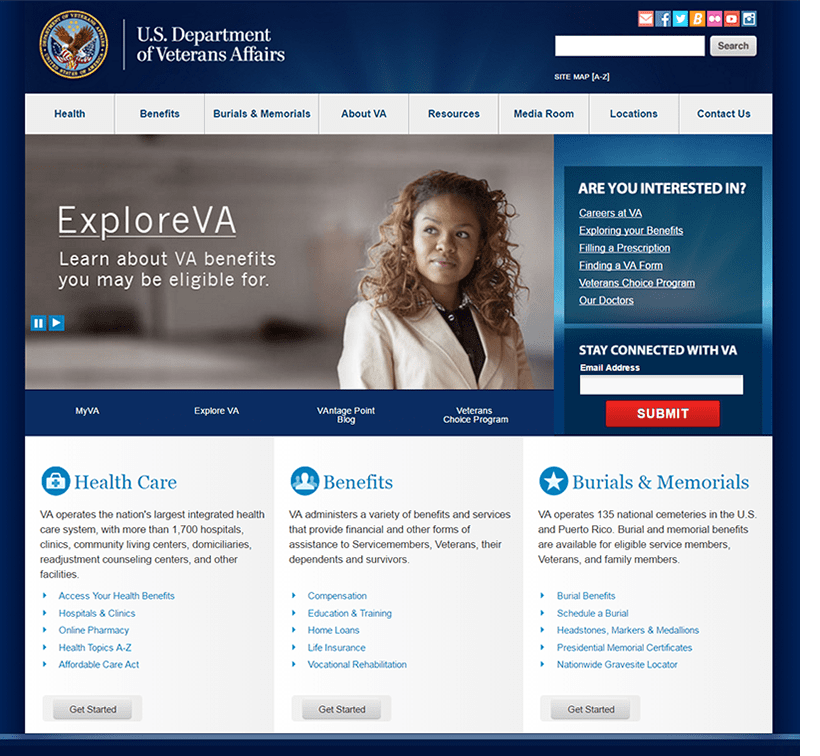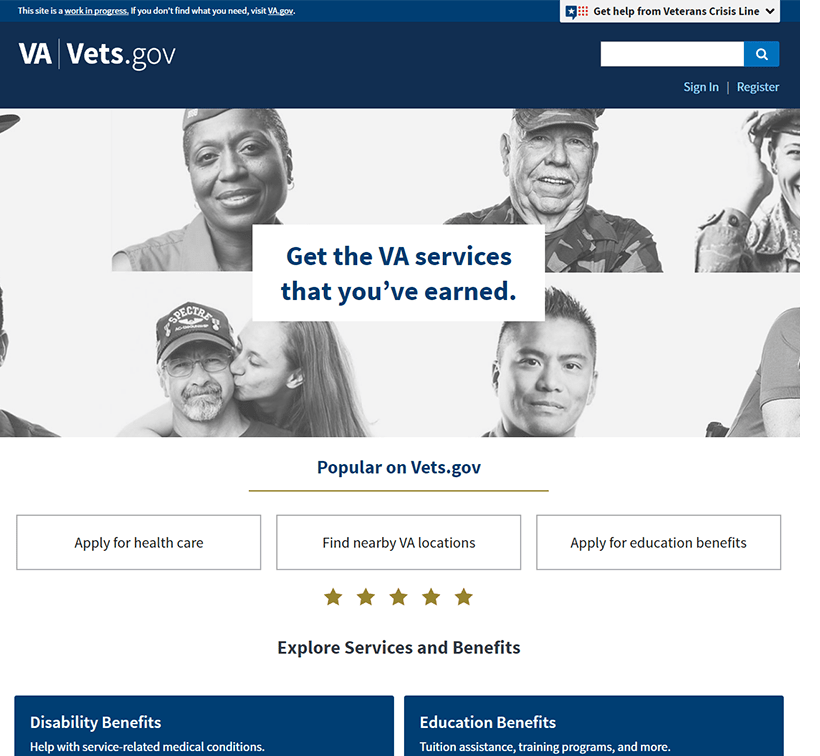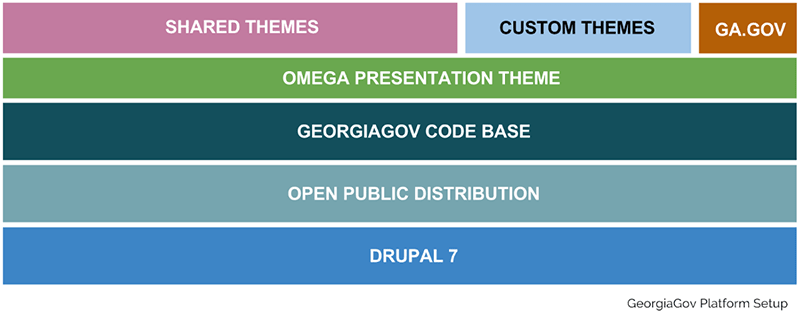
January 10, 2017
Digital Ecosystems for Government, Part 2: Why Do We Need Them?
In my first post of this series, I explained what digital ecosystems are and what they are not. A common follow up question is: “Why is it important to have a digital ecosystem?” It’s a broader approach to problem solving and requires more planning than tackling individual problems as they arrive — so why plan for a war instead of focusing on the next visible battle?
Planning for a digital ecosystem is a proactive approach. Organizations that are large enough to have multiple digital properties and interact with their end users via multiple channels need to think of the big picture. Myopic approaches might save the day, but they will end up costing your organization more than you are willing to pay.
There are three key reasons why organizations need to take the ecosystem approach:
1. Brand Experience
Every organization, regardless of being for-profit or nonprofit, has a brand that dictates their citizen experience. We often associate brands with an organization’s visual identity, but a brand encompasses much more than a logo and colors. It is the voice of the organization, a collection of the content on its digital properties, its products and services, the people who interact with citizens, and the overall look and feel that meets the citizen’s eye. Without consistency, a brand loses coherence due to the fragmented nature of its presence, smeared across several digital properties.

A good example is the U.S. Department of Veterans Affairs, who recognized the need for an ecosystem. Underneath their current website’s curb appeal is a fragmented digital presence of 1000+ websites, 956 1-800 numbers, 42 call centers, and 220 databases*. Customers are required to pogo stick across websites, applications, and call centers to use their services. This results in confused, frustrated customers who are seeking information that is simple to understand and services and tools that are easy to use.

Recognizing how disconnected their digital existence is, VA is piloting a website redesign to simplify and unify VA’s digital touch points, hoping it improves customer service. The new website moves away from an organizational approach and moves towards simplicity — surfacing the most common needs to the front, and using clear language.
Brand experience ensures that every interaction a customer has with your organization is well orchestrated and consistent. Just the way we associate a logo to an organization’s visual identity, the experience identity of an organization is the sum of individual interactions and the collective customer experience.
2. Streamlined Design and Development Effort
Websites, web applications, mobile applications, and other digital channels share common interaction elements. These elements can be codebases, modules, databases, content, experience elements like web forms or checkout processes, and visual design elements.
When designing an ecosystem, if you share these elements across the system, the organization will only need to invest once in designing and developing them. In a disconnected system, every time a project is identified, this effort is duplicated. Organizations will spend time and money rebuilding and redesigning the same elements when they could reuse the existing functionality. When elements are redesigned and recoded for each new use case, they create variations that dilute the brand and core development standards.
The GeorgiaGov platform is a great example where having a single platform has reduced design and development efforts for over 80 agencies. All the sites use a common codebase, shared modules, and a selection of presentation themes. Every site, though an instance on its own with a separate content database, draws from a single codebase. This codebase holds the modules and content types — essentially all the building blocks for a website.

This saves development and maintenance efforts for enhancements or security upgrades. When a feature is added for one website, it becomes available to the rest of the platform. When code is updated on the platform (as in the case of our Accessibility Initiative), all 70+ sites are improved at once.
3. Trust
When citizens interact with an organization that has a well planned ecosystem, it builds trust. In today’s digital world, trust relies on two key factors: competence and security. While security is dealt with by specialized teams, few organizations have a team that watches competency.
Trust is a strategic asset that cannot be gained in a single interaction. If your organization’s digital properties are decentralized and disconnected, it makes it hard for your organization to appear trustworthy. This, in turn, makes it difficult for someone to trust you with their personal information.
Imagine a citizen goes to your organization’s website for information on how to register for a service (or even comply with a state law). They learn everything they need to know before completing the actual transaction. But the information on the application does not meet the information offered on the website, and the citizen is confused. Their next instinct is to pick up the phone and call customer service. If the customer service center does not have a script that is accurate (and aligned with that of the application), the experience will erode any trust that is built by a single interaction with this organization.
From an operations perspective, the application, website, and customer service center are all managed by independent teams. But unless there are connecting threads, those teams are not motivated to make sure there is consistency in offering information. Creating an ecosystem makes sure that independent interaction points are updated.
Ecosystems are the infrastructure you need to build a sound environment for customer interactions. Citizens are not motivated to interact and transact with the government. There is nothing we can do to get someone excited to pay taxes or apply for professional licenses. They are looking for a quick in and out experience. If we are able to offer that, we’re on our way to building their trust in government services. Having a coherent brand and consistent presence solidifies this trust and makes citizen engagement delightful.
* VA.gov website statistics found in the Vets.gov Playbook.
Related Link
- Part 1: Digital Ecosystems: What are they?
- Part 3: Digital Ecosystems: Cultivating a Holistic Digital Strategy
